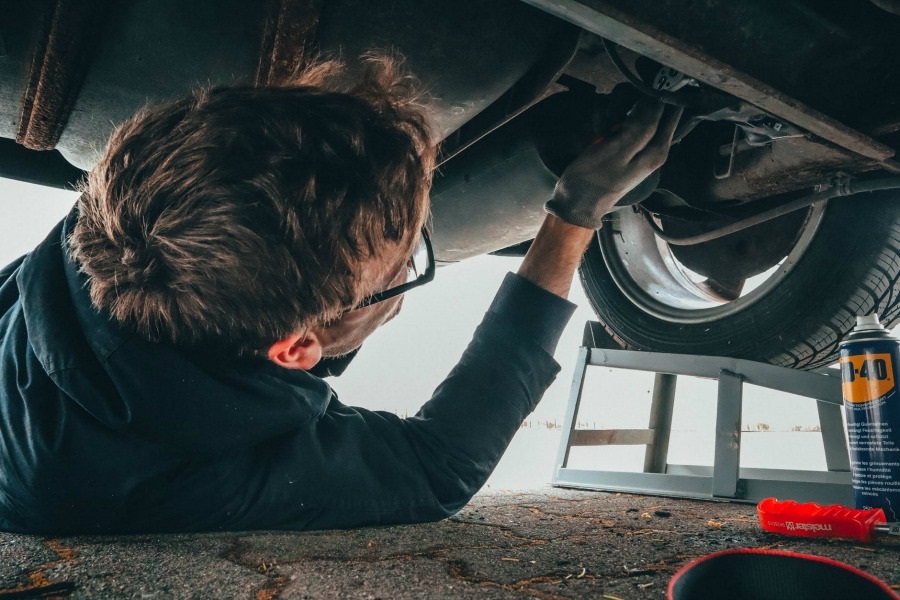Every time you drive, your vehicle undergoes constant movement and vibration. From engine performance to road irregularities, this movement puts pressure on many of the vehicle’s components, including the wiring harness. The wiring harness is a bundle of electrical wires that transmit signals and power to various systems in your car. Over time, the continuous vibrations and shifts in the vehicle’s chassis can gradually wear down the wiring harness, leading to loose connections, fraying wires, or even complete disconnections in extreme cases.
Impact of Engine Vibration on the Wiring Harness
The engine is one of the primary sources of vibration in a vehicle. As the engine runs, it produces significant movement that is transferred to the wiring harness through the engine bay. This constant motion causes the wires to flex, twist, and sometimes rub against surrounding parts. In the long run, this can cause insulation damage, making the wires more susceptible to short circuits or electrical failures. The more a vehicle is driven, the more this repetitive vibration contributes to wear and tear on the wiring harness.
Road Conditions and External Forces
In addition to engine vibration, the roughness of the roads you drive on contributes to the stress placed on the wiring harness. Potholes, bumps, and uneven surfaces cause sudden jolts, which further strain the harness. The constant movement and shock from road imperfections may cause wires to shift within the harness, leading to poor connections or causing the wires to come loose. This can result in a malfunctioning system or failure of electrical components, like lights, sensors, and even airbags. Going for the Auto Repair in Sunrise, FL based service would be perfect here.
How Loose Connections Affect Performance
Even a slight loosening of wiring connections can have significant consequences for a vehicle’s electrical performance. When wires shift out of place or lose contact with their terminals, signals can become intermittent or be completely blocked. This can lead to issues like malfunctioning sensors, inconsistent power delivery, or failure of essential systems like the alternator or engine control unit. In some cases, a bad connection can also cause the vehicle to fail safety or emissions tests, making it essential to monitor the condition of the wiring harness regularly.
Preventing Wiring Harness Fatigue
To prevent wiring harness fatigue caused by vibrations and movement, regular inspections and maintenance are key. Mechanics can check for visible wear on the wires and ensure that connections are secure. In some cases, replacing sections of the harness or adding protective sheathing can reduce friction and vibration damage. By catching issues early, vehicle owners can avoid more costly repairs and prevent electrical system failures, ensuring that the vehicle operates safely and efficiently.
In conclusion, vibration and movement from engine operation and road conditions can gradually degrade your vehicle’s wiring harness. Regular maintenance and inspections are essential in preventing wiring harness fatigue and ensuring reliable electrical performance.

